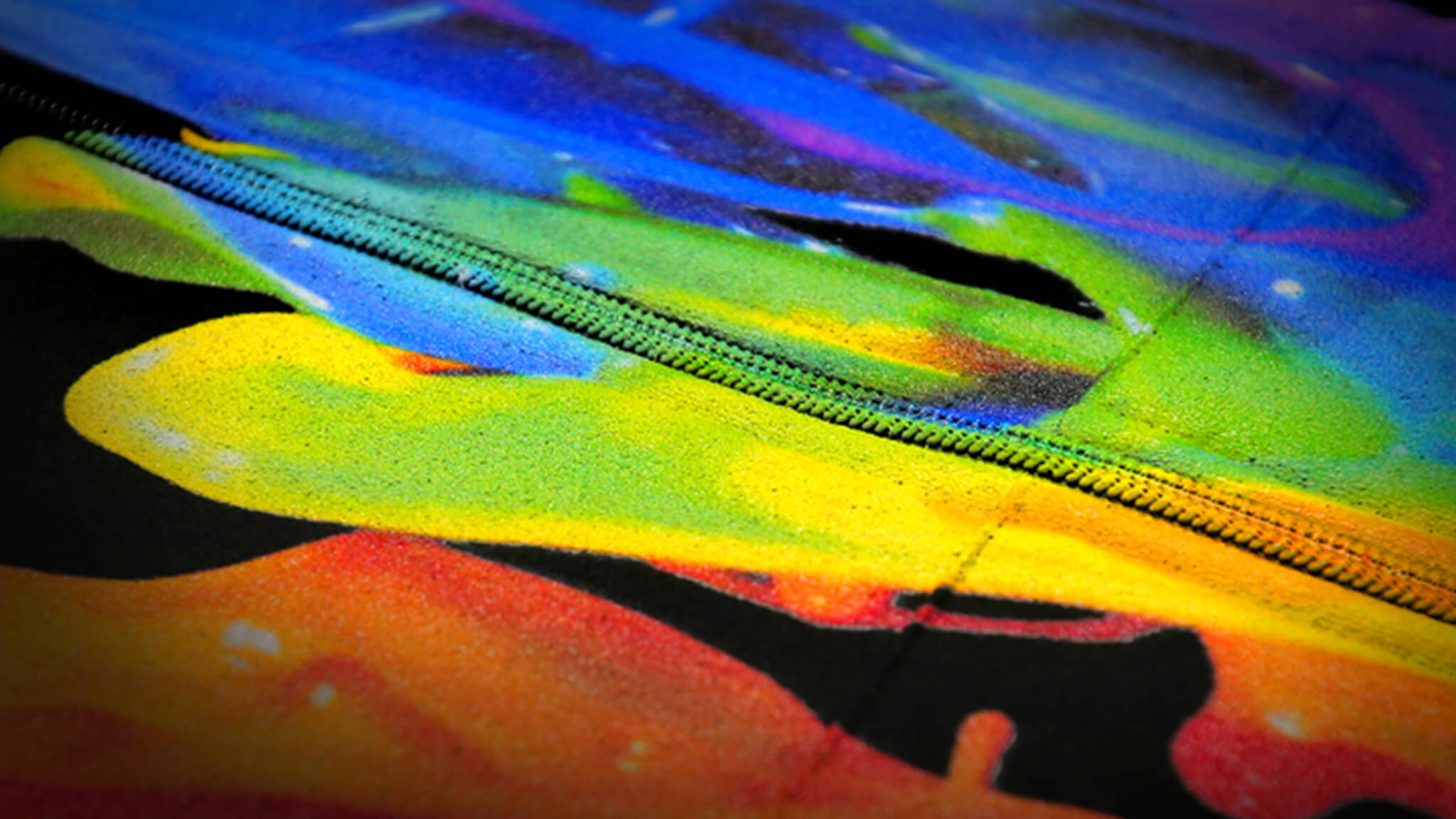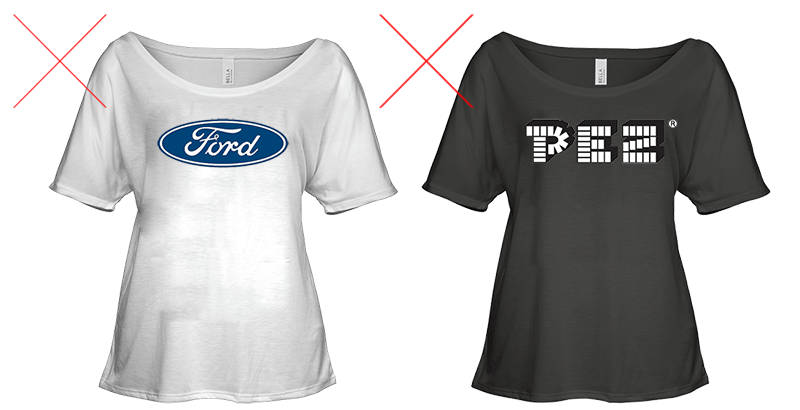
Creative Content Policy
Our Policies on Designs and Creative Media

Our Policies on Designs and Creative Media
All Designs and orders submitted to Print Partners are the sole responsibility of the User. Your use of the Print Partners Service, Website, and Integrations constitutes agreement with these terms and the policies laid out below.
User acknowledges and agrees that Print Partners cannot and does not review all content (including Images) provided to it, and that Print Partners is not responsible for such content. However, Print Partners also reserves the right to reject Product Orders containing content (including Images) that Print Partners, in its sole discretion, deems to be abusive, defamatory, obscene or in violation of any Intellectual Property Right, without cost to Company.
Further, Company acknowledges and agrees that any Image may be removed, copied, modified, transmitted and/or displayed by Print Partners for the purposes of delivering the Products and Services.
Before choosing Print Partners, we suggest you review this Content Policy and assure that you are not in violation of any of its tenants.
The information below is intended as a guide in helping Users understand appropriate content policy. It is intended as informational content only and is under no circumstances is to be considered as legal advice from Print Partners. For specific advice or specific questions about your content, we advise you contact an attorney.

Many forms of creative original works are protected by copyright. Copyright helps to protect the rights of authors and businesses that produce original content such as drawings, logos, pictures, marketing designs, and creative media. Copyright laws also prohibit those who do not have the copyright from distributing, selling, or otherwise profiting from the distribution of someone else's work.
If you are in doubt about the rights associated with a piece of work, we recommend you consult with an attorney or well informed source. You should never assume that a piece of art has been placed in the public domain or otherwise exempted from copyright law. Not all copyright protected works will contain a copyright notice. In order to use ANY copyrighted materials, the User must have the explicit permission or license from the owner of the content.
In general, for works created after Jan 1, 1978, copyright will extend to seventy years past the end of the original author's life. Thus, works created before 1922 are in the public domain, except when an updated change has been made, or if the Copyright has been extended under a different measure. (Disney's Mickey Mouse.)
A trademark is the name or brand of an entity. Trademarks can be represented in many ways, including logos, symbols, words or marks, and is a way to distinguish products by their maker. Trademarks are protected by law and it is against federal law to infringe on the trademarks of another.
Trademark also implies endorsement, and thus the unlawful use of another's trademark would constitute a clear effort to mislead consumers. You can find more information online at the US Patent and Trademark Office.
http://www.uspto.gov>
Similar to the right of publicity, the right of privacy is the right of an individual to control their own image. It is thus unlawful to invade a person's right of privacy, with regards to disclosing private fact, or portraying false information through the use of someone's identity.
The right of publicity is an individual's right to preserve their image or identity. In general, it is unlawful to use aspects of someone's personal identity as your own content. This may include but is not limited to their appearance, catchphrases, quirks or other distinctive and identifiable traits.
'Fair use' is an exemption for copyright law designed to protect derivative works that are used for the purpose of criticism, news reporting, teaching, research or commentary.
Fair use is an appropriate defense for many creative works of art, however still has specific nuances that may require professional advice. We suggest you seek legal council before submitting any materials that may or may not be covered under fair use.
In general, a fair use claim is evaluated on its nature and purpose, as well as its affect and influence on the original work. However, it is worth mentioning that 'fair use' for commercial purposes is often treated very differently than a non-profit educational work or satire.
In general, it is not acceptable to use images found on the internet. However, there are repositories online as well as ways to check if the art falls into 'the Creative Commons'. Creative Commons is a license granted by an author to a work that allows other entities to use it as their own.
It is the responsibility of the User to assure that images used from third party sources fall under the creative commons. It is also essential that users follow the specific rules of that content, including its policies on modification and corporate use. (There are different levels of creative commons licensing, make sure you are compliant.)
While the Designs produced are the exclusive responsibility of the User, Print Partners also reserves the right to refuse orders or cancel service for designs that are deemed excessively obscene or damaging to the reputation of Print Partners. This decision will be made at our descretion, and can be inacted at any time without prior warning.
1) Photos, illustrations or renderings of celebrities including models, actors and musicians. Editing the images, using your own rendering, or taking a photo with your own camera does not constitute ownership of their image and may not be used without explicit authorization.
2) Logos, trademarks or intellectual property of a company, team, university, or protected entity.
3) Logos, album covers, or other copyrighted materials from musicians or digital artists.
This list is by no means exhaustive or complete, it is just meant to illustrate some of the concepts above. More information on all these topics can be found at the website of the United States Copyright Office at: http://www.copyright.gov/